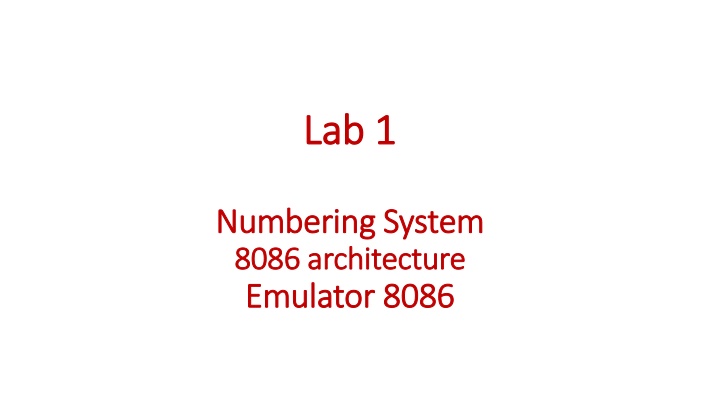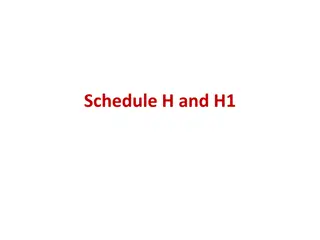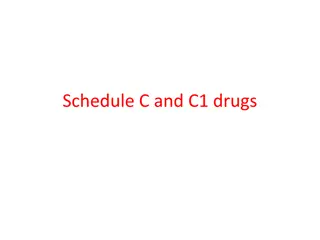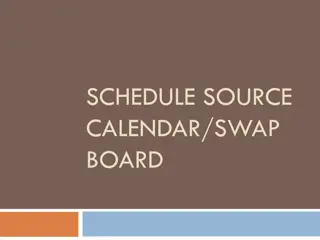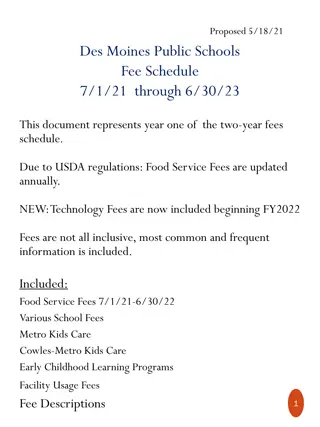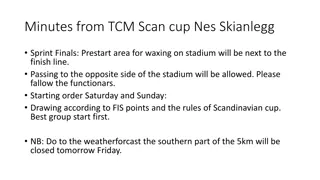2023 CNAO Data Taking Schedule
In 2023, Matteo Morrocchi and Francesca Cavanna will lead the data-taking project at CNAO. The schedule includes the start and end dates of key activities like calorimeter assembly, magnet assembly, field measurements, IT integration, accelerator downtime, table-magnet integration tests, night shifts, beam tuning, installation tasks, and documentation requirements. Safety modules, online courses, and participant coordination are essential for the experiment's success. The measurement plan outlines calibration procedures, response curve reconstructions, statistics collection, and alignment runs for various detector components.
Download Presentation

Please find below an Image/Link to download the presentation.
The content on the website is provided AS IS for your information and personal use only. It may not be sold, licensed, or shared on other websites without obtaining consent from the author.If you encounter any issues during the download, it is possible that the publisher has removed the file from their server.
You are allowed to download the files provided on this website for personal or commercial use, subject to the condition that they are used lawfully. All files are the property of their respective owners.
The content on the website is provided AS IS for your information and personal use only. It may not be sold, licensed, or shared on other websites without obtaining consent from the author.
E N D
Presentation Transcript
Lab 1 Lab 1 Numbering Numbering System 8086 8086 architecture architecture Emulator Emulator 8086 System 8086
Hexadecimal System Hexadecimal System uses 16 digits: 0, 1, 2, 3, 4, 5, 6, 7, 8, 9, A, B, C, D, E, F And thus the base is 16. Note: Hexadecimal numbers are compact and easy to read. It is very easy to convert numbers from binary system to hexadecimal system and vice-versa, every nibble (4 bits)
Hexadecimal System There is a convention to add "h" in the end of a hexadecimal number, We also add "0" (zero) in the beginning of hexadecimal numbers that begin with a letter (A..F), for example 0E120h. The hexadecimal number 1234h is equal to decimal value of 4660:
Converting from Decimal System to Other System In order to convert from decimal system, to any other system, it is required to divide the decimal value by the base of the desired system, each time you should remember the result and keep the remainder, the divide process continues until the result is zero. The remainders are then used to represent a value in that system. Let's convert the value of 39 (base 10) to Hexadecimal System (base 16):
Converting from Decimal System to hexa. As you see we got this hexadecimal number: 27h.
Converting from Decimal System to Any Other let's convert decimal number 43868 to hexadecimal form:
Converting from Decimal System to Any Other 420.62510= 420.62510= 42010+ .62510 Division 420 16 26 16 1 16 Quotient 26 1 0 Remainder 4 10 (or A) 1 Multiplication .625 x 16 Product 10.000 Carry-out 10 (or A) 420.62510= 1A4.A16 413510= 102716 625.62510= 271.A16
Number Systems Binary-Coded Hexadecimal (BCH): 2AC = 0010 1010 1100 1000 0011 1101 . 1110 = 83D.E
